Paper is one of the most recycled resources we have. It’s a wise way to make the most of the trees we cut and mill into paper products.
What are the top 7 benefits of recycling paper? Read on as we deep-dive into the benefits of recycling paper and discover how paper gets recycled.
Benefits of Recycling Paper
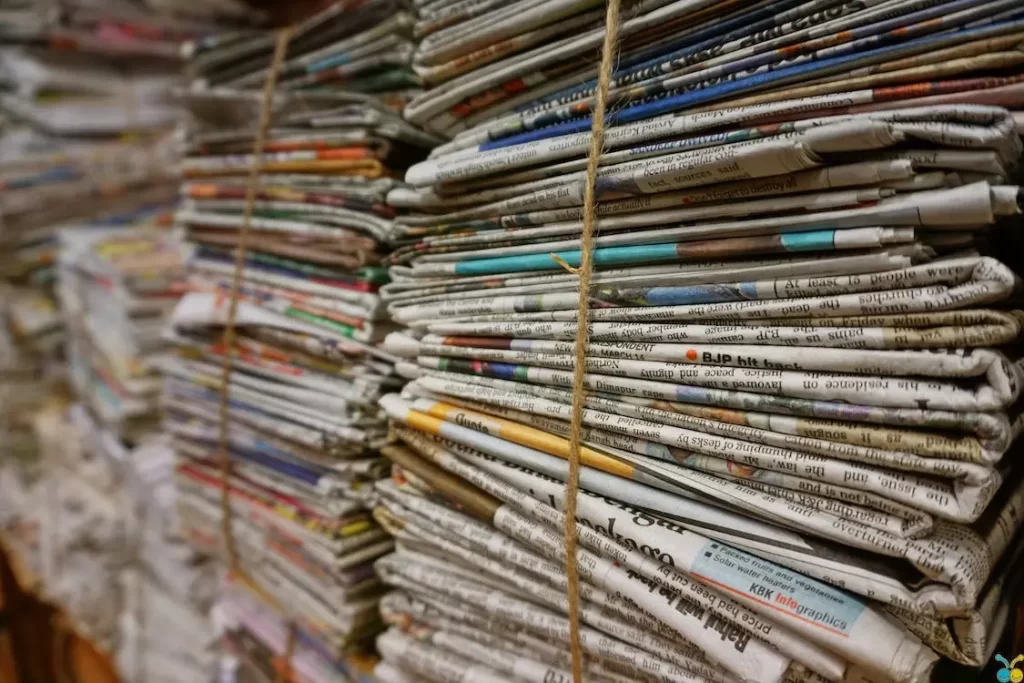
In general, even 100% recycled paper is still recyclable! Paper fibers can be repulped and run into paper sheets, paperboard, and cardboard over and over again.
There are benefits of recycling all materials from paper to glass and even electronics, but paper is the easiest one, and the benefits to the earth are huge.
Check out this quick video to see what cardboard recycling looks like, then read on to get the top 7 benefits of recycling paper!
7 Benefits of Paper Recycling
- Saves Trees and Protects Biodiversity
- Reduces Energy Used for Paper Goods Manufacturing
- Reduces Greenhouse Gas Emissions
- Saves Landfill Space
- Saves Water
- Decreases Need for Incineration
- Increases Effectiveness of Source Reduction
1. Saves Trees and Protects Biodiversity
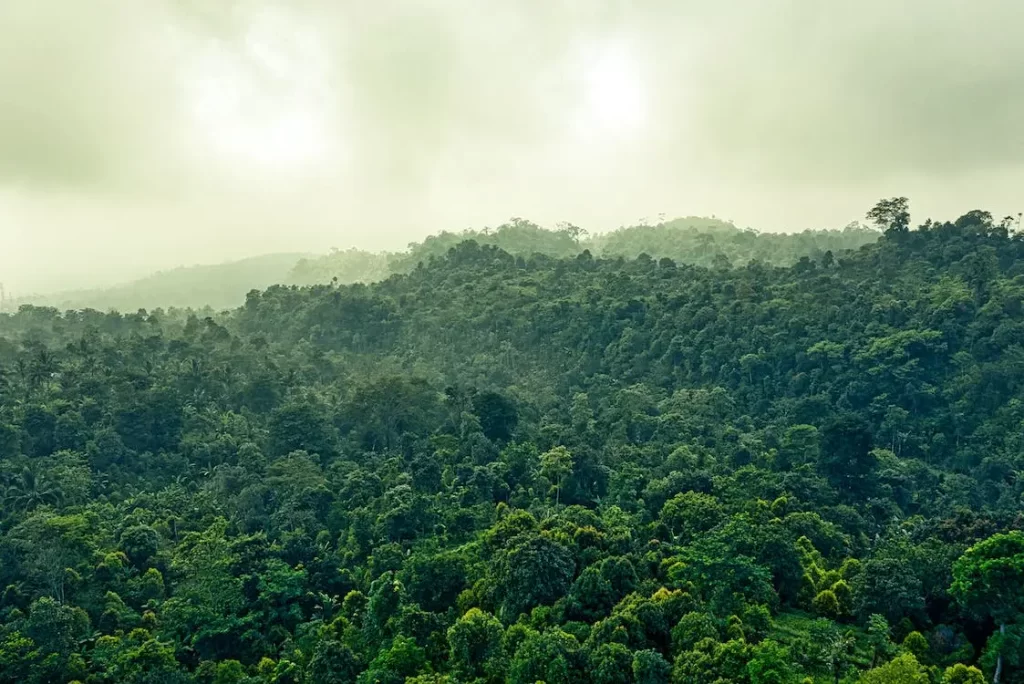
Paper recycling plays a direct role in the preservation and biodiversity of forests, by lowering the demand for fresh wood.
While natural resources examples include wood which is renewable, we are using up our forests faster than they can regrow, taxing the health of our forest ecosystems.
Here are some facts about paper recycling from the University of Indiana.
- Each ton of recycled paper saves 17 trees.
- Those 17 trees would absorb 250 pounds of carbon dioxide.
- Americans use 85 million tons of paper every year.
- Nearly 1.5 billion trees would be saved if we recycled all the paper we make.
The longleaf pine forest in the southern United States used to cover 90 million acres, but today less than 5% remains due to harvesting for the production of wood, paper, and other paper products.
The longleaf pine forest is home to more than 20 endangered species.
By recycling paper and paper products we are reducing the pressure on the remaining longleaf pine forest and preserving habitat for these endangered species.
Paper can only be recycled about 5 to 6 times before the fibers are too short to be reused.
Still, when you think about a single sheet of paper having 5 or 6 lives from printer paper, cardboard, paperboard, and egg cartons, that is a long lifespan!
2. Reduces Energy Used for Paper Goods Manufacturing
The energy required to cut and mill trees to manufacture paper goods of all types is much more than it takes to recycle used paper, cardboard, and paperboard.
- Each ton of paper that’s recycled saves 380 gallons of oil!
- Each ton of recycled paper uses 4,000 fewer kW of energy to produce.
That’s a lot of energy savings. That means that if every bit of paper produced yearly were recycled we could save over 32 billion gallons of oil and 340 billion kW of energy!
One big issue we have with the widespread acceptance of green energy is that it isn’t reliable enough to sustain manufacturing and households without rolling blackouts and high costs.
One huge advantage of recycling is that it saves energy.
By saving energy in production we can help make increasing and sustaining our green energy usage a reality.
3. Reduces Greenhouse Gas Emissions
Recycling paper reduces greenhouse gas emissions in 2 ways.
- Trees left standing can continue to convert carbon dioxide into oxygen.
- Paper recycling emits much less carbon dioxide than raw paper milling.
17 trees are saved for every ton of paper that’s recycled. Those 17 trees can absorb 250 pounds of carbon dioxide.
That means that if all the paper in the US was recycled, we’d leave enough trees to absorb over 250 billion pounds of carbon dioxide from the atmosphere every year.
Each ton of recycled paper saves 60 pounds of greenhouse gas emissions from entering the atmosphere!
Greenhouse gas emissions are the primary cause of climate change. Greenhouse gases like carbon monoxide and carbon dioxide destroy ozone molecules as they rise and pass out of the earth’s atmosphere.
The decreasing layer of ozone allows more ultraviolet radiation to enter the earth’s atmosphere, heating it up like a glass greenhouse.
We can protect our ozone layer by releasing fewer carbons into the atmosphere and protecting the trees and phytoplankton on planet earth that efficiently convert carbon dioxide into oxygen.
4. Saves Landfill Space
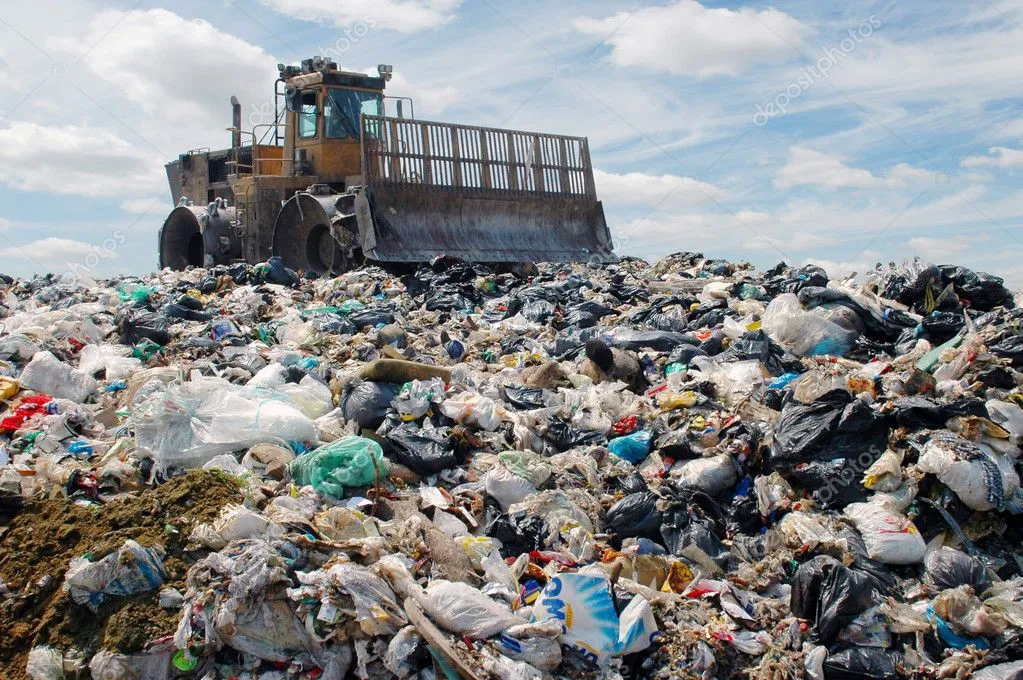
Every ton of discarded paper takes up 3 cubic yards of landfill space. That’s 108 square feet, or about enough material to make a heaping pile of paper in 1.5 pickup truck beds.
The United States manufactures over 67,000 tons of paper annually. According to the EPA, over 17,000 tons of that paper gets put in landfills.
That’s around 51,000 cubic yards of landfill space full of paper. That’s about 34,000 pickup truck beds heaped with paper products.
Thankfully about 46,000 tons of that paper get recycled annually, a huge savings that we can all be thankful for.
5. Saves Water
Every time you recycle 1 pound of paper you also save about 3.5 gallons of water!
That’s because a new pound of paper takes about 6 gallons to make. A pound of recycled paper takes only about 2.5 gallons!
While most of that water is filtered and returned to the watershed, we can help conserve freshwater resources by purchasing recycled paper products every chance we get.
Each time a ton of paper is recycled, it also saves 7,000 gallons of water.
6. Decreases the Need for Incineration
Many areas burn paper products to generate power. This is one way to keep paper out of the landfill and generate electricity, but it is pretty bad for the environment.
Often paper waste is labeled as “biomass” and burned in power generation plants.
Here’s the problem.
Paper products contain toxic chemicals like chorine, inks, and glues, depending on the type of paper products. These chemicals are released when paper is burned.
Biomass plants have filters to avoid belching the majority of these chemicals into the atmosphere, but they’re still very dirty plants.
Two of the main things they emit into it are chlorine and dioxin. These are greenhouse gases that destroy ozone molecules as they escape out of the earth’s atmosphere.
- Recycling paper instead of incinerating it keeps the paper fibers in the paper stream so they can be reused.
- Recycling paper preserves trees because once the fibers are burned, new ones need to be harvested to take their place.
- Paper fibers can be recycled indefinitely, using different recycling techniques!
We have every reason in the world to keep recycling our paper over and over. The problem is that people don’t make the effort to recycle paper, and the process is often misunderstood.
7. Increases Effectiveness of Source Reduction
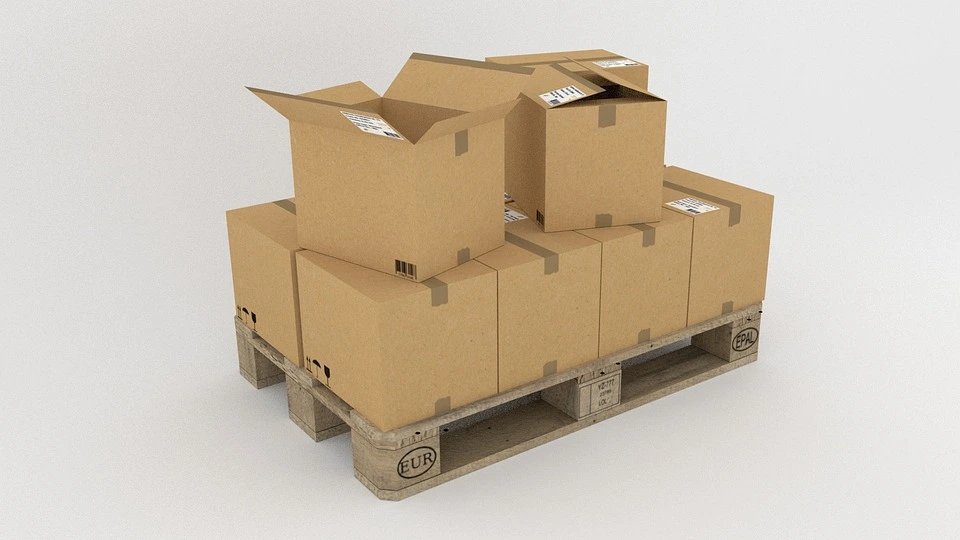
Source reduction is a way that manufacturers try to use fewer initial resources when making a product.
For example, plastic bottles are made as thin as possible without leaking, and cardboard boxes are made with as little paper as possible while maintaining the load specifications.
- The ecological benefits of source reduction are amplified when combined with recycled materials.
- Source reduction plus increased recycled material percentages help to save trees.
Source reduction is a primary way to help decrease our use of paper for packaging materials, but when combined with recycled materials it’s a win-win.
How Many Times can Paper be Recycled?
The prevailing number that people throw out there is 7.
You’ll often hear that paper can be recycled for “7 generations.” This isn’t technically true.
While it is true that after 7 recycling cycles the older paper fibers will usually be mixed with new fibers to make paper products.
However, according to research done by TU Darmstadt, the paper was recycled for 25 times without any detectable change in the fiber length or quality.
The key is how the fibers are mixed for reuse. When low-quality recyclables like paperboard are mixed with longer fibers from paper it’s harder to get the mixture to sheet.
How To Recycle Paper
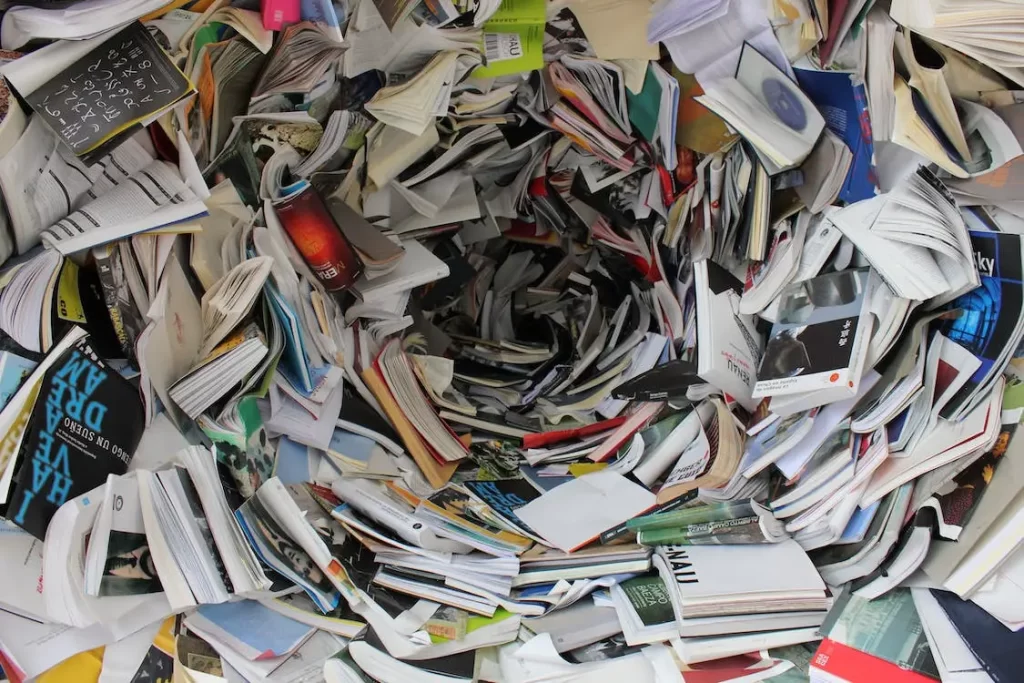
In general, the most important thing to remember when recycling paper is to keep it clean.
Whether you recycle in a commingled bin or sort paper by white, colored, and newsprint, getting it dirty can ruin a full load of recyclable paper.
- If the paper gets greasy, throw it away instead of contaminating the paper bin.
- If you participate in commingled recycling, ensure that all the cans and plastics you throw in the bin are clean before they get tossed in.
- Shredded paper is recyclable, but most areas require that it be contained in a paper bag or clear plastic bag before recycling. This is to keep it from being blown into the landfill bin during paper sorting.
Sort clean paper according to the instructions from your recycler and put it out for pickup or bring it to the collection area.
When you do this you can rest assured that 100% of the paper you recycle will be used again and again!
What Types of Paper Can Be Recycled?
In general, anything that arrives in your mailbox can be recycled. That includes envelopes with plastic windows. If you’re worried about the information in the mail, shred it and then put it in the recycling bin.
These are the types of paper that can be recycled.
- Paper that comes in the mailbox
- Phonebooks
- Clean paperback books
- Clean hardcover books (with the cover removed)
- Newspaper and newsprint
- Printer paper (all types)
- Cardstock
- Corrugated cardboard
- Paperboard
- Plain wrapping paper (without foil embellishment)
- Magazines
- Catalogs
- Paper grocery bags
- Paper packing and shipping materials
- School papers (without crayon or paint)
One of the disadvantages of recycling is that if the paper has food particles, paint, wax, or foil detailing it can’t be recycled. It will have to go to the landfill.
If the paper has staples or paperclips it can still be recycled, but consider removing and reusing paper clips because they’re made from non-renewable materials.
Final Thoughts
Paper is one of the easiest resources to recycle, but it’s often thrown in the landfill.
Perhaps the thought is that because it’s a plant fiber it will break down quickly with no harm to the environment. This isn’t the best way to view paper.
Instead, let’s see paper as a resource harvested from trees. The more we recycle paper and paper products the fewer trees need to be cut and the more water is saved.
We also help save the atmosphere from the greenhouse gases generated by manufacturing new paper and burning old paper.
Recycling paper makes sense from every angle.
What do you think about paper recycling? Do you have ideas to help increase paper recycling in your area? How about at your school? Let us know in the comments below!
